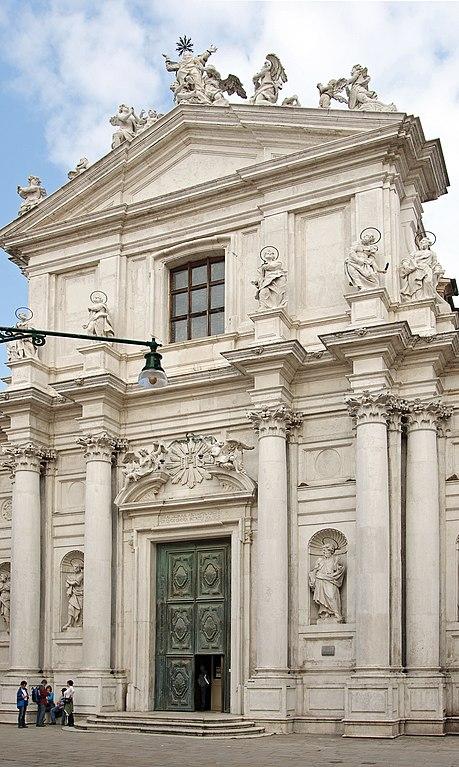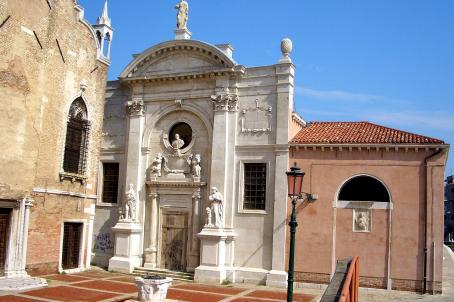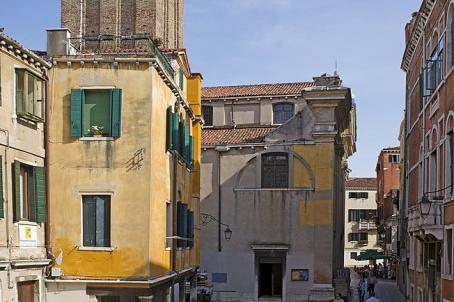Chiesa dei Gesuiti
The Church of Santa Maria Assunta, better known as the Chiesa dei Gesuiti, is an 18th-century church built on top of an ancient medieval church. At the beginning of the 18th century, Venice had sold the old church, and its monastery, to the Jesuits, who considered the complex too small and began its reconstruction in 1715. The new church was consecrated in 1728. After the suppression of the Jesuits in 1773, the convent was used as a school and after 1807 as barracks, while the church became a branch of Santi Apostoli until 1844 when it was returned to the reconstituted Jesuit order.






